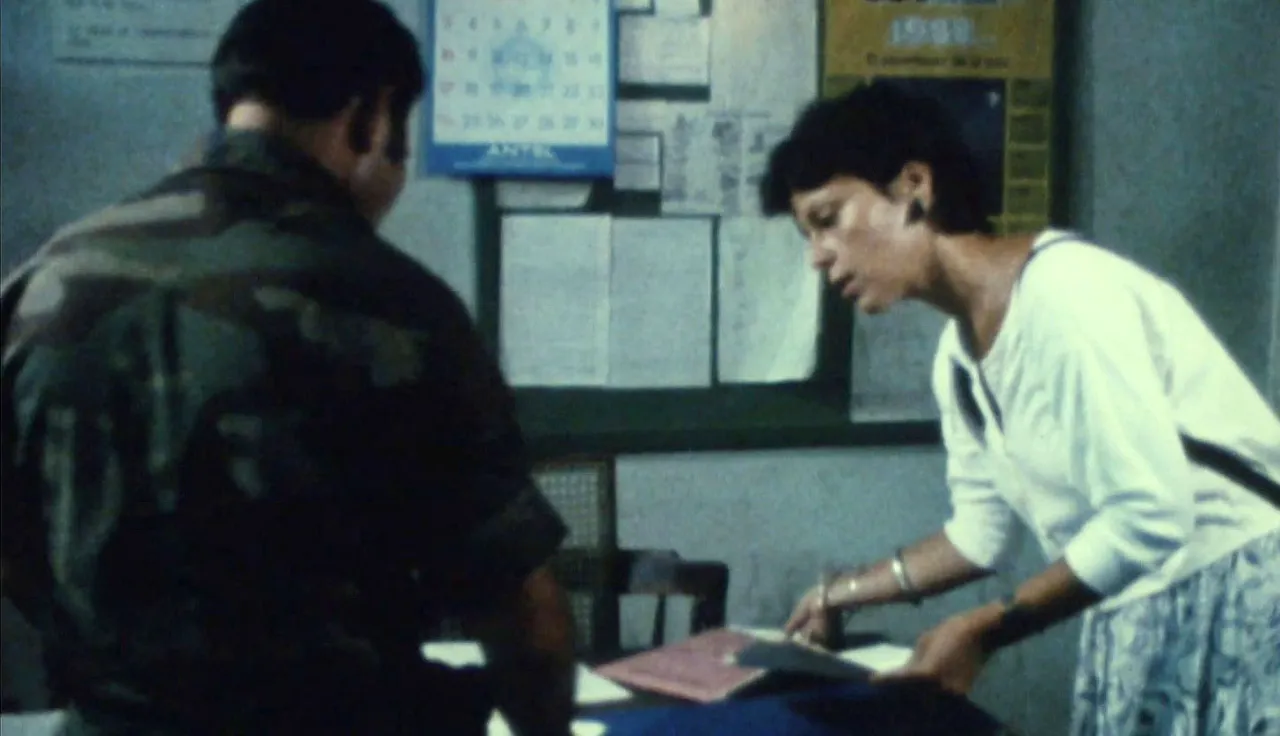Women in the ICRC: Film archives

There is no longer any doubt about the importance of women's work for the ICRC, but it has not always been so. For decades women were either under-represented or relegated to particular tasks. An analysis of films from the ICRC's archives gives glimpse of how women have been perceived in the organization, and the role they have played.
Women delegates down through the years
For a very long time, the work of an ICRC delegate remained primarily a male preserve. In January 1949 the regulation on the status of ICRC delegates stipulated that "only Swiss citizens of both sexes and good reputation may be taken into consideration as members of delegations". Until the turn of the 1970s, however, women rarely had access to the position of delegate.
1966: A tiny minority
This film, dating from 1966, is revealing on that score. It features the Group for International Missions (GIM), which was a pool of delegates ready to leave for the field on a three-month period. At the seminar one woman found herself in an otherwise all-male gathering .
1977: Moving forward
This film clip, from The delegates (1977), illustrates the change that has taken place. The team is a little more homogeneous, although the head of delegation, giving everyone their instructions, is still a man.
1983: Setting an example
The film Les histoires de Noko lisapo: le petit garçon qui avait vu des hommes enchaînés... (The Stories of Noko lisapo: the little boy who saw men in chains...) (1983) features Jeanne Egger, the first woman to direct the ICRC's work both in Africa and at the Geneva headquarters. This courageous woman was a major specialist on Africa who rose through all the ranks and who, with her tenacity and professionalism, demonstrated just as much ability and skill in directing humanitarian operations as her male colleagues.
1983: Autonomy
The beginning of the film Caribbean Transfer (1983), highlights a woman delegate's work in prison, and her autonomy. She appears at her ease, completely at home in this male-dominated environment, so different from the prisons for women or minors where women delegates were more often to be seen.
1984: Within reach
The film Alliance for Survival (1984) illustrates a work session (12'50") during a meeting between the ICRC and the detaining authorities of an Ethiopian prison. The visiting ICRC team consists of almost as many women as men, which, in a prison setting, was no mean feat.
1988: Getting there
In the film Peace Connection (1988) the delegate, an independent, autonomous woman, handles her interview with the detainee, and her entire visit, by herself (5'30"). She conducts her discussions with authorities and detainees on an equal footing, fulfilling her mandate with impartiality and giving a fine example of a contemporary woman delegate.
Today there are as many women as men among the ICRC's delegates, if not more. While there is no longer any question of women's representation in the organization, there do still remain areas where parity has not yet been achieved, in particular the Directorate, the Assembly and the Office of President.
See more (in French) on Tumblr on ICRC History



